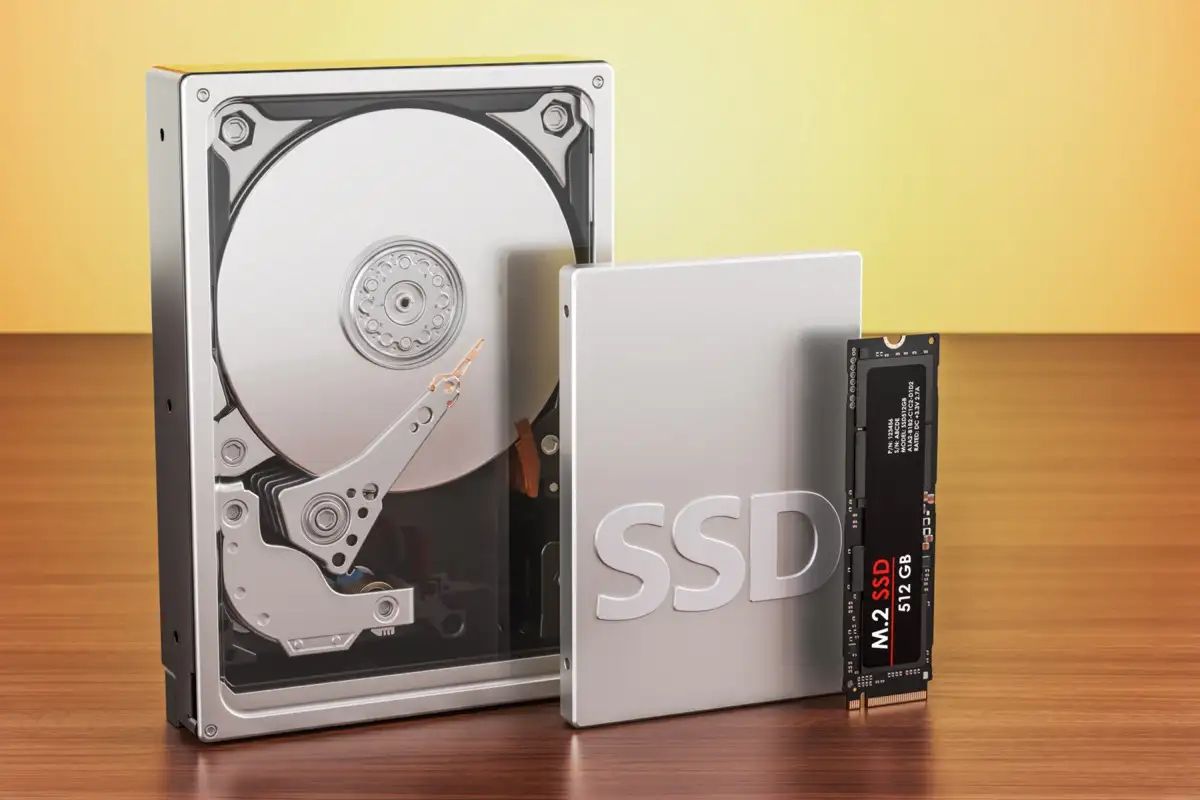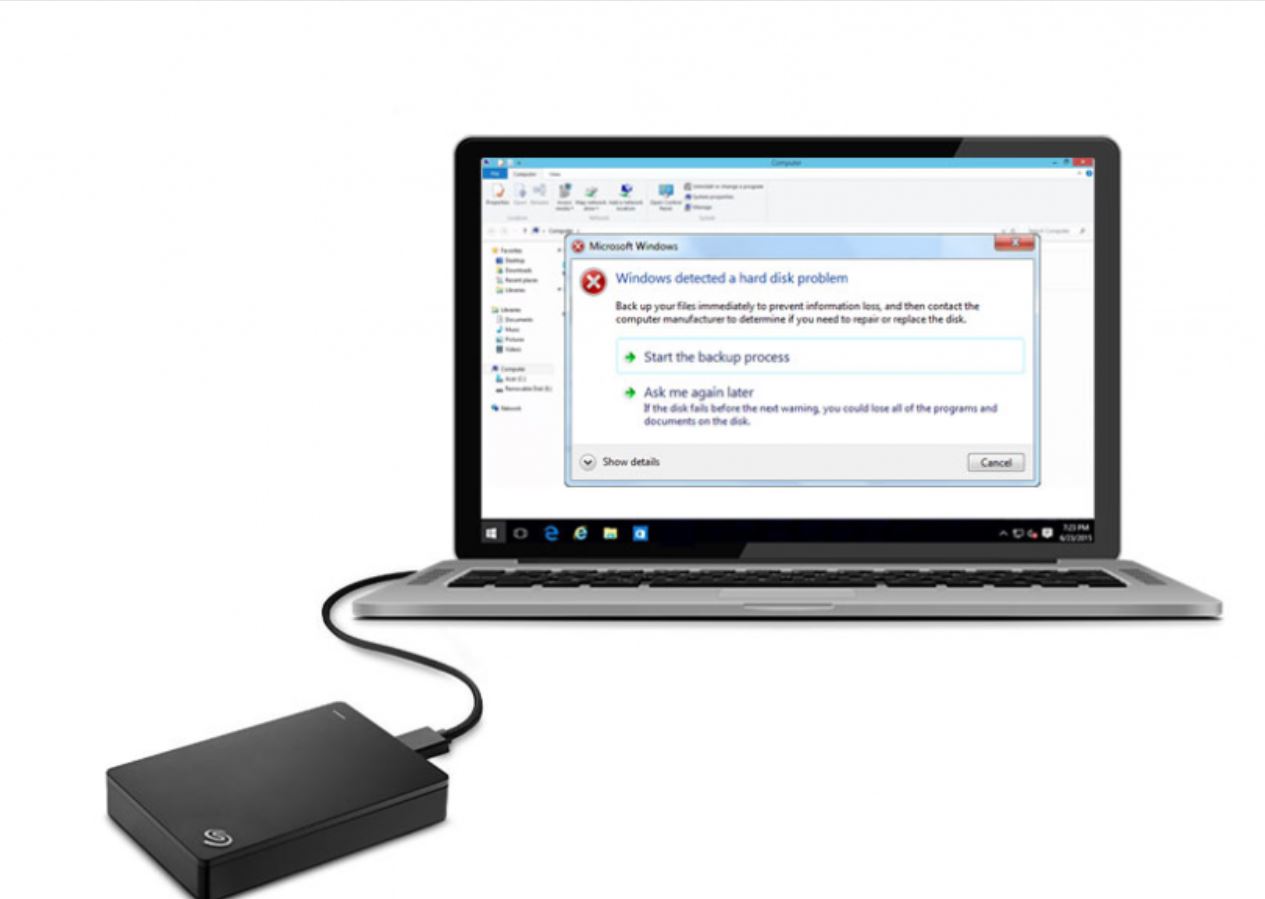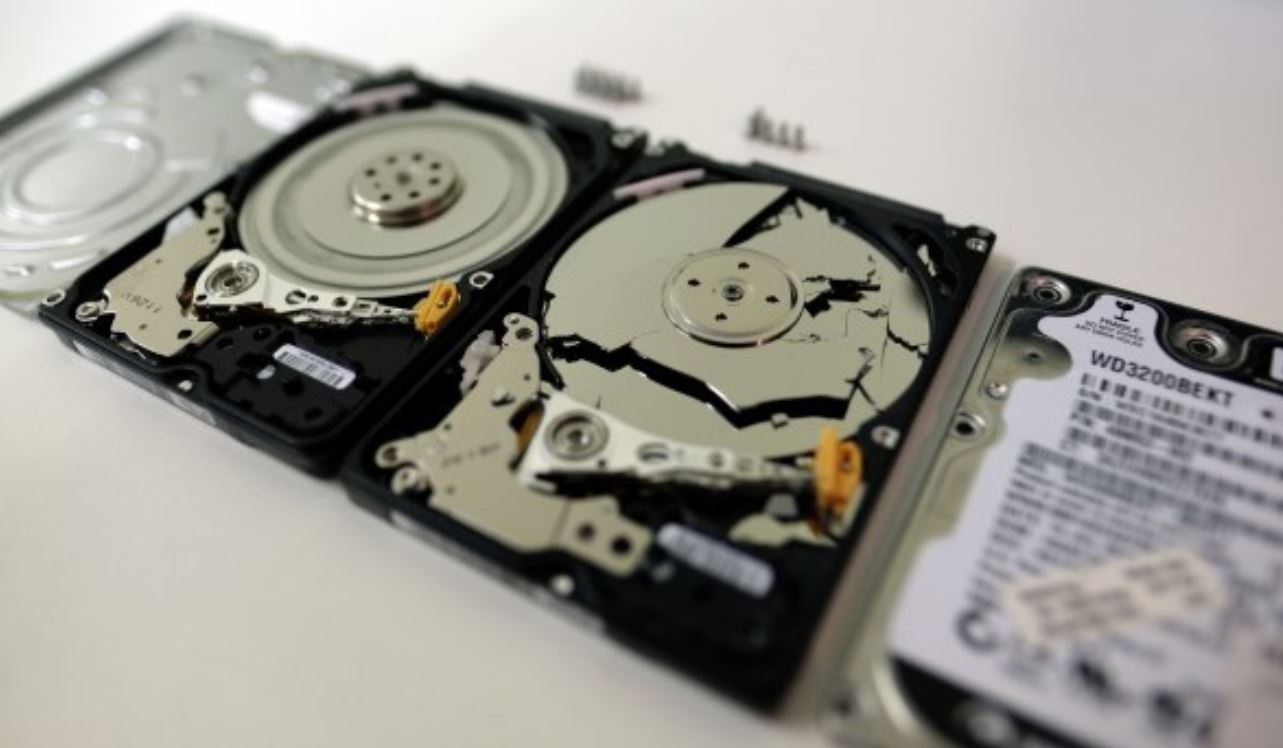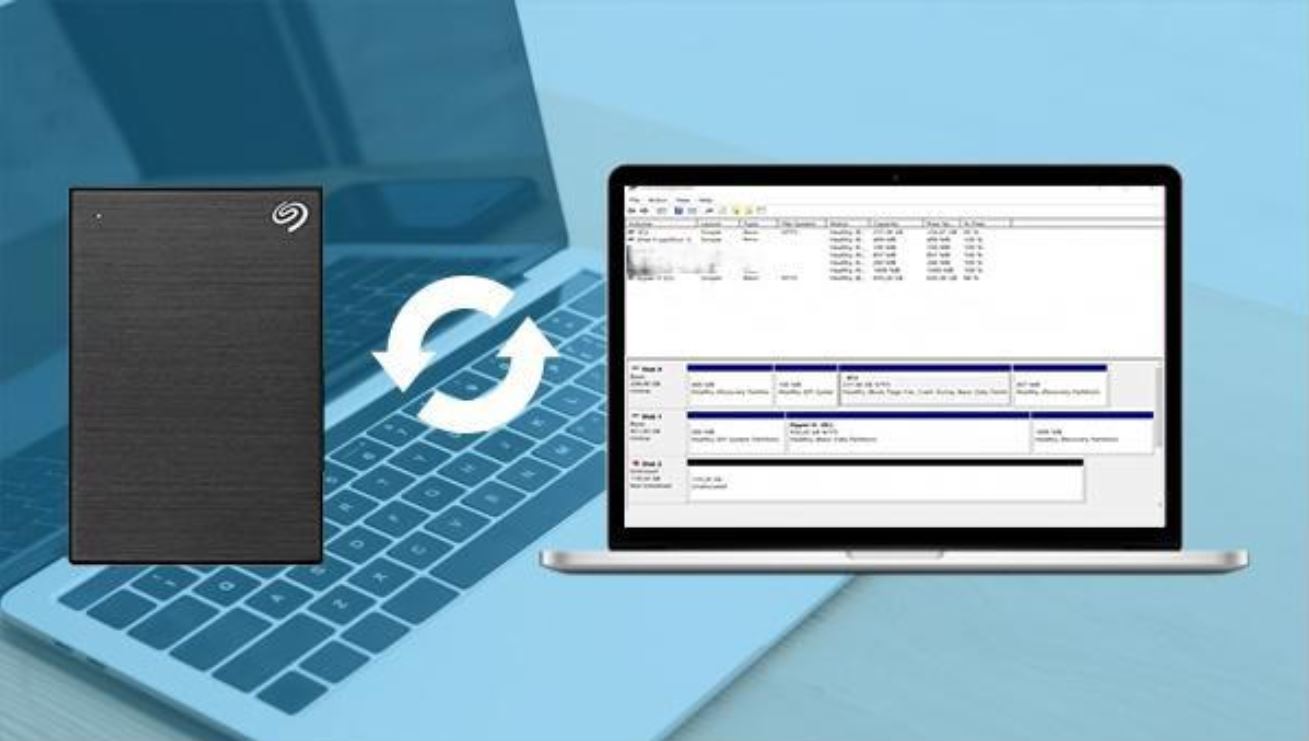INTRODUCTION
A computer virus is a malicious software program that can cause various harm to a computer system. One type of virus that has become increasingly prevalent in recent years is the kind that creates a new hard disk drive and denies access to it. This particular virus is a growing concern for computer users as it can lead to data loss, system instability, and even financial loss.
The purpose of this article is to explore the nature of this virus, how it operates, and the potential impacts it can have on both individuals and businesses. By understanding the workings of this virus, users can take proactive measures to protect their systems and data.
In the following sections, we will delve into how this type of virus creates a new hard disk drive, the intentions behind it, the consequences of being denied access to the drive, and measures to safeguard against it. By staying informed and taking appropriate precautions, computer users can mitigate the risks associated with this type of virus and ensure the security and integrity of their systems.
HOW DOES A VIRUS CREATE A NEW HARD DISK DRIVE?
The process of how a virus creates a new hard disk drive may vary depending on the specific variant of the virus. However, the general mechanism involves exploiting vulnerabilities in the operating system or other software components to gain unauthorized access and manipulate the system’s resources.
Typically, this type of virus will attempt to bypass security measures and gain administrative privileges, allowing it to make changes to the system’s configurations. Once the virus has gained control, it will proceed to create a new virtual hard disk drive.
The virus achieves this by interacting with the disk management tools of the operating system. It tricks the system into recognizing the new virtual drive as a legitimate physical drive, similar to an external hard disk or a USB flash drive. The virus may also assign a drive letter to the newly created drive, making it appear as a separate entity within the system.
Furthermore, the virus may utilize stealth techniques to conceal its presence and make it difficult for antivirus software to detect. It may encrypt or obfuscate its code, manipulate system files, or employ rootkit-like behaviors to remain hidden from security scans and processes.
It’s worth noting that creating a new hard disk drive in this context refers to the creation of a logical or virtual drive, rather than a physical one. The virus does not physically add a new physical drive to the computer system but rather simulates the presence of an additional storage device.
By understanding the mechanisms employed by this type of virus to create a new hard disk drive, users can better comprehend the potential risks and devise effective countermeasures to protect their systems.
WHAT IS THE PURPOSE OF CREATING A NEW HARD DISK DRIVE?
The creation of a new hard disk drive by a virus serves as a means for the attacker to achieve their malicious objectives. Understanding the purpose behind this action is crucial in comprehending the potential threats and taking appropriate measures to protect against them.
One primary purpose for creating a new hard disk drive is to act as a covert storage space for the virus or other malware components. By creating a separate drive, the virus can store its malicious files away from the regular file system, making it more difficult for antivirus software to detect and remove them.
The new drive can also serve as a staging ground for launching further attacks or spreading the virus to other connected devices or networks. By having an isolated storage space, the virus can maintain persistence and continue its malicious activities even if other antivirus measures are taken.
Additionally, the creation of a new hard disk drive can be used as a mechanism for evading detection and bypassing security measures. Some viruses leverage the new drive to store encrypted or obfuscated data, making it more challenging to identify and analyze their malicious behavior.
Another purpose may be to deceive the user into storing their valuable or sensitive data on the newly created drive. The virus can present the drive as a legitimate storage option, tricking the user into saving their files there. Subsequently, the virus can gain unauthorized access to these files and use them for various malicious purposes, such as identity theft or financial fraud.
Creating a new hard disk drive also allows the virus to manipulate file permissions and restrict access to certain files or directories. By denying the user access to specific data, the virus can cause disruption, hinder productivity, and potentially demand a ransom to restore access.
Understanding the purpose of creating a new hard disk drive by a virus enables users to take proactive measures to safeguard their systems. By implementing robust security measures, regularly updating antivirus software, and practicing safe browsing habits, individuals and organizations can mitigate the risks associated with this type of virus.
DENYING ACCESS TO THE NEW HARD DISK DRIVE
Once a virus has successfully created a new hard disk drive, one of its primary objectives is to deny access to it, causing frustration and potential harm to the user. This denial of access serves various purposes for the attacker, such as disrupting operations, preventing data recovery, or even demanding a ransom for restoring access.
The virus achieves the denial of access through several techniques, including modifying file permissions, encrypting files, or altering the system’s registry settings. By manipulating these aspects, the virus can restrict the user’s ability to view, modify, or delete files stored on the new drive.
In some cases, the virus may display a warning message or a ransom note, demanding that the user pay a certain amount of money in exchange for regaining access to their files. This tactic is commonly known as ransomware, and it can be an incredibly frustrating and costly situation for individuals and organizations alike.
Furthermore, the denial of access to the new hard disk drive can lead to severe consequences, such as the loss of important data or the disruption of critical business operations. If the drive contains essential documents, sensitive information, or crucial system files, being denied access can significantly impact productivity, financial stability, and even the reputation of individuals or businesses.
It’s important to note that attempting to gain access to the new hard disk drive without proper knowledge or expertise can potentially cause further damage or lead to data loss. It is advisable to seek professional assistance or utilize specialized data recovery tools to handle such situations.
To protect yourself from the denial of access caused by this type of virus, it is crucial to maintain regular backups of important data on separate storage devices or cloud services. By having backup copies, you can mitigate the risk of losing your files permanently and avoid falling victim to ransom demands.
Additionally, ensuring that your antivirus software is up to date, regularly performing system scans, and exercising caution while downloading files or clicking on suspicious links can help prevent infections by this type of virus. Taking proactive security measures can significantly reduce the likelihood of being denied access to a new hard disk drive and the potential consequences that come with it.
WHAT ARE THE IMPACTS OF THIS TYPE OF VIRUS?
The impacts of a virus that creates a new hard disk drive and denies access to it can be wide-ranging and potentially devastating for individuals and businesses alike. Understanding these impacts is crucial in recognizing the severity of the threat and taking appropriate measures to mitigate the risks.
One of the primary impacts of this type of virus is the loss of access to important data and files stored on the newly created drive. If the drive contains crucial documents, personal files, or valuable business information, being denied access can result in significant inconvenience, financial loss, and potential legal repercussions.
Furthermore, this type of virus can cause system instability and disrupt normal computer operations. The presence of the virus and its manipulations to the file system and registry settings can lead to crashes, application errors, and overall sluggish performance. This degradation in system functionality can severely impact productivity and result in frustration for users.
In cases where the virus encrypts files and holds them ransom, the impact can be even more severe. Users are often left with a difficult choice: either pay the ransom and hope to regain access to important files or risk losing them permanently. This can put individuals and businesses in a vulnerable position, with potential financial implications and potential damage to their reputation if the situation becomes public knowledge.
Additionally, the presence of this type of virus can open the door to further security breaches or attacks. The virus may serve as a gateway for other malware or allow unauthorized access to sensitive information, leading to identity theft, financial fraud, or corporate espionage.
Overall, the impacts of a virus that creates a new hard disk drive and denies access to it can be far-reaching and disruptive. It is essential for computer users to stay vigilant, maintain robust security measures, and regularly update their antivirus software to minimize the risk of infection and protect against these potential impacts.
HOW TO PROTECT YOURSELF FROM THIS VIRUS
Protecting yourself from a virus that creates a new hard disk drive and denies access to it requires a proactive approach to cybersecurity. By following these best practices and implementing effective measures, you can greatly reduce the risk of infection and mitigate potential harm:
1. Keep your operating system and software up to date: Regularly install updates and patches for your operating system and software applications. These updates often contain security fixes that can help prevent vulnerabilities that viruses may exploit.
2. Install reputable antivirus software: Choose a reliable antivirus program and keep it updated. Regularly scan your computer for viruses and ensure real-time protection is enabled to detect and block potential threats.
3. Exercise caution when downloading files and opening email attachments: Be cautious when downloading files from the internet or opening email attachments, especially from unknown sources. Scan all downloaded files and attachments with antivirus software before opening them.
4. Enable a firewall: Activate and regularly update your computer’s firewall. A firewall acts as a barrier between your computer and potential threats, blocking unauthorized access and helping to prevent the spread of viruses.
5. Use strong and unique passwords: Create strong, complex passwords for your accounts and avoid using the same password for multiple platforms. Consider using a password manager to securely store and manage your passwords.
6. Back up your data regularly: Maintain regular backups of your important files and data on external storage devices or cloud services. In the event of an infection or data loss, backups will help you restore your files without paying a ransom.
7. Be cautious of phishing attempts: Be vigilant for phishing emails or websites that may trick you into revealing personal information or clicking on malicious links. Verify the authenticity of emails and websites before providing any sensitive information.
8. Educate yourself and your employees: Stay informed about the latest cybersecurity threats and educate yourself and your employees about best practices for online safety. Regularly train employees on how to recognize and avoid potential risks and threats.
Remember, prevention is key when it comes to protecting yourself from viruses. By following these proactive steps and maintaining good cybersecurity habits, you can significantly reduce the likelihood of falling victim to a virus that creates a new hard disk drive and denies access to it.
CONCLUSION
In conclusion, a virus that creates a new hard disk drive and denies access to it can pose significant risks to individuals and businesses alike. Understanding the mechanisms by which this virus operates, its purpose, and the potential impacts it can have is crucial for taking appropriate measures to protect yourself.
By being aware of how this virus creates a new hard disk drive and denies access, you can better comprehend the potential threats and implement effective countermeasures. Regularly updating antivirus software, practicing safe browsing habits, and maintaining backups of important data can help mitigate the risks associated with this type of virus.
It is important to note that seeking professional assistance or using specialized tools may be necessary when dealing with a virus that has created a new hard disk drive. Attempting to gain unauthorized access or remove the virus without the proper knowledge can lead to further damage or data loss.
Ultimately, a proactive approach to cybersecurity is essential in protecting yourself from this type of virus and other potential threats. Staying informed about the latest security practices, regularly updating your software and systems, and educating yourself and your employees about online safety are crucial steps in maintaining a secure computing environment.
By implementing these measures, you can significantly reduce the likelihood of falling victim to a virus that creates a new hard disk drive and denies access to it. Safeguarding your data, maintaining system stability, and protecting your privacy are essential components of a comprehensive cybersecurity strategy.
Remember, prevention is always better than cure. Stay vigilant, stay informed, and stay protected.

























